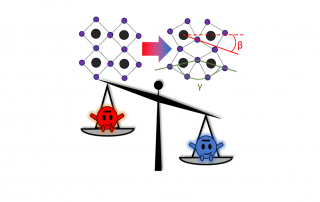TUNING THE EXCITONIC PROPERTIES OF A TWO-DIMENSIONAL PEROVSKITE FAMILY VIA QUANTUM CONFINEMENT
Mateusz Dyksik, Wrocław University of Science and Technology and Paulina Plochocka, LNCMI Toulouse. Two-dimensional (2D) metal-halide perovskites constitute an important step in the evolution of low-cost organic-inorganic hybrid light absorbers and emitters. Similar to their 3D counterparts, layered perovskites show promising performance in photovoltaic and light emitting devices while preserving [...]




